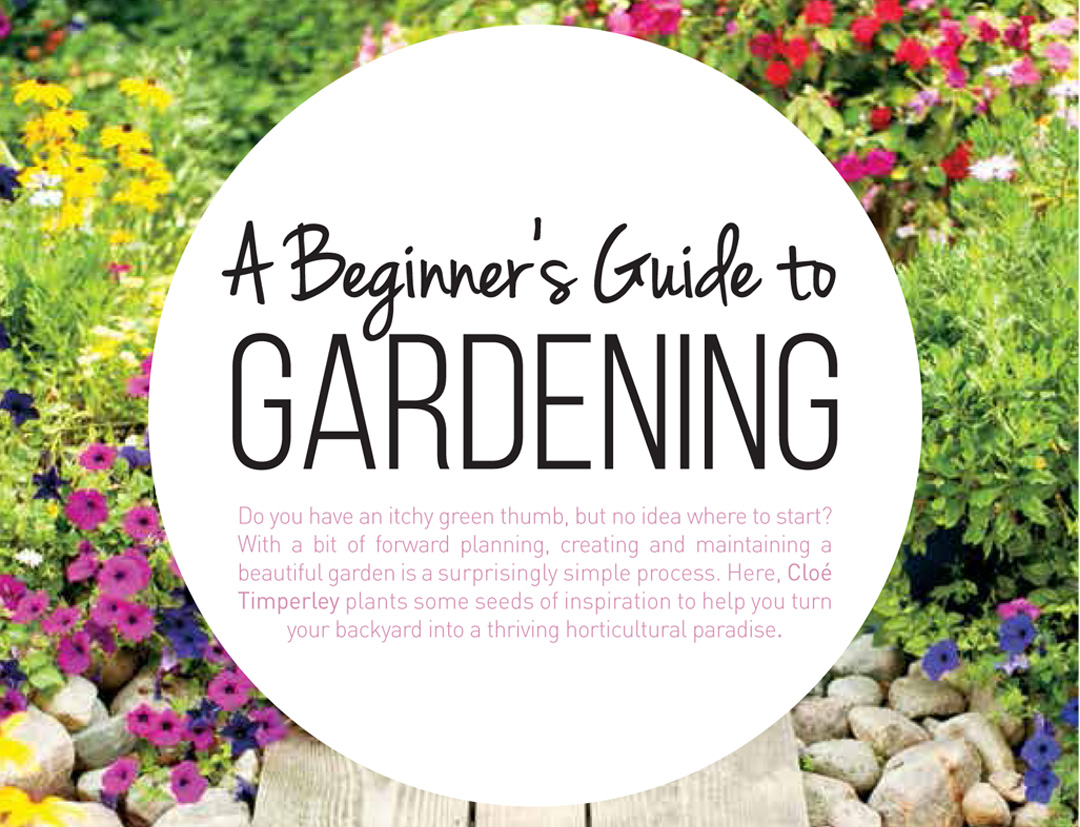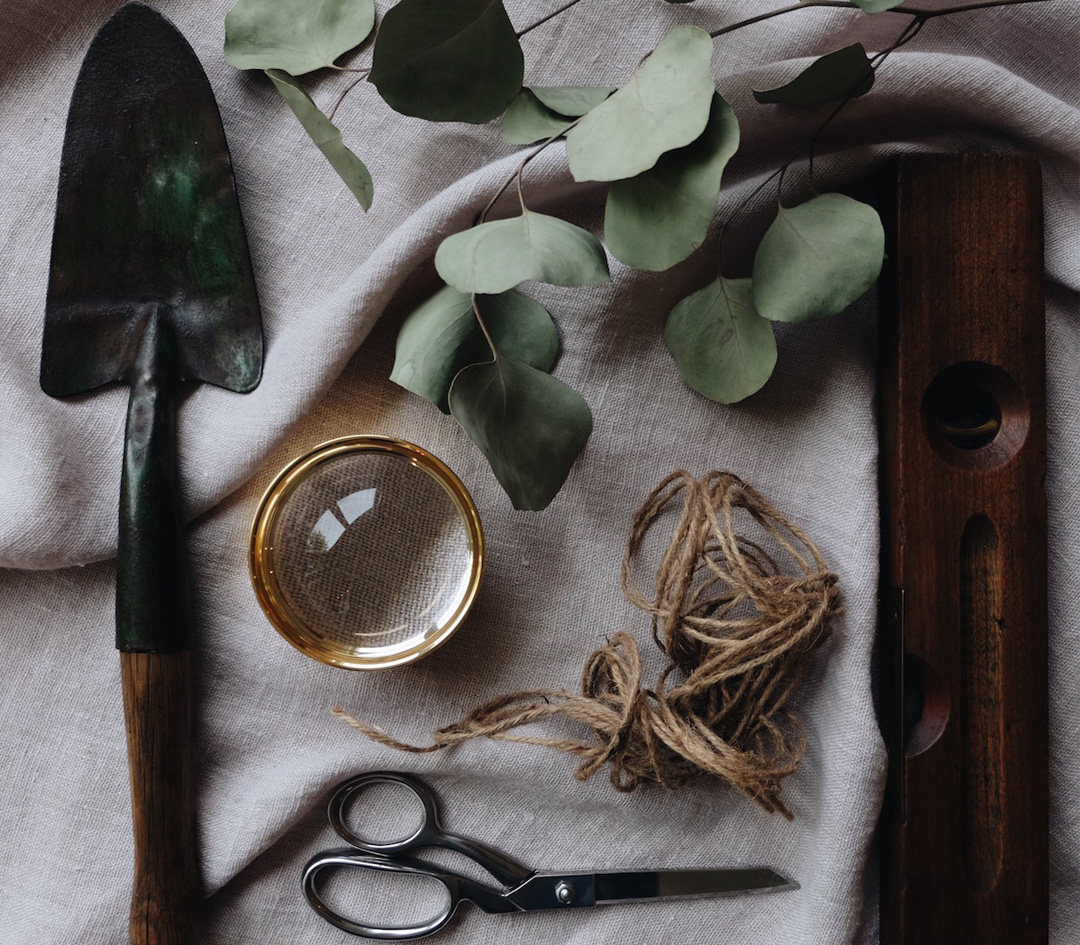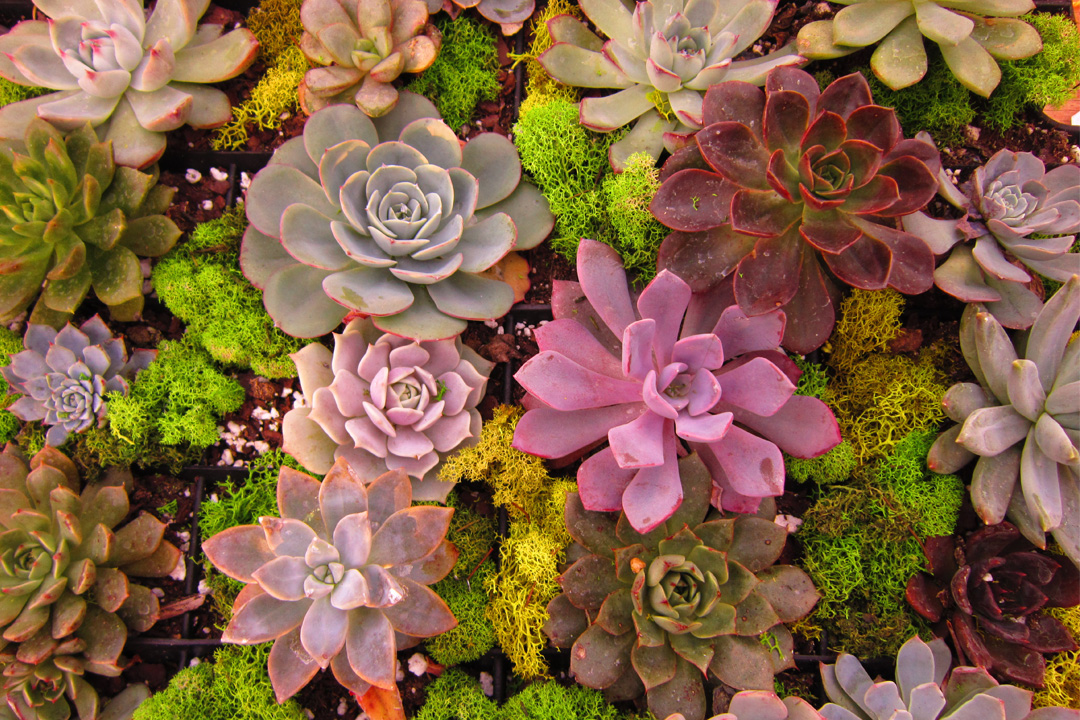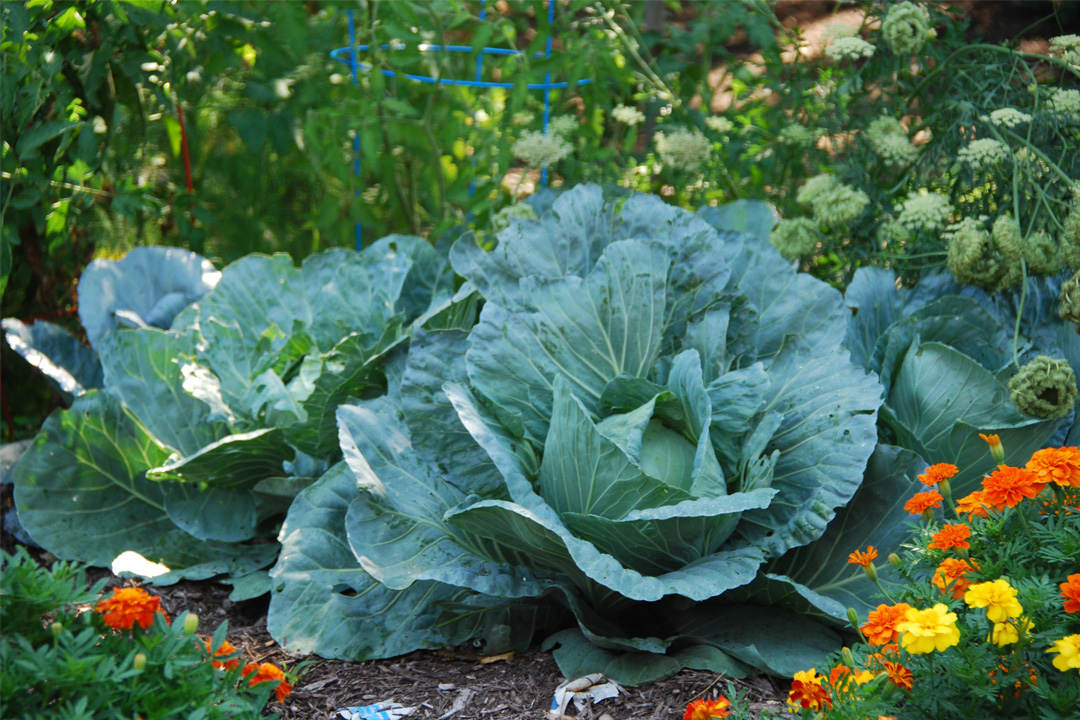
A Beginner’s Guide to Gardening
Gardening is a wonderful pastime that provides a bounty of benefits, including stress relief, fresh air and exercise – not to mention the sense of satisfaction that comes from picking and eating the fruits of your labour! However, growing your own garden can be daunting if you’ve never dug your hands in soil before. As with any project, the first step is to plan ahead before taking action. With gardening, this includes plotting out the most suitable spaces in your backyard, choosing plants, herbs or flowers that are appropriate for your climate, and investing in an arsenal of tools that will ensure your plantings flourish. To help you get started growing your first garden, Sydney Pool + Outdoor Design has compiled a handy guide of key tips, clever tricks and helpful pointers.
Tools Of The Trade
While there are tonnes of gardening gizmos and gadgets available, you only need a few basic tools to get started. To create a garden that’s perfectly tilled and trimmed, you will need to make a beeline for your local hardware store and invest in the following crucial gardening utensils.
Pruner
This useful handheld tool is designed to remove branches, leaves or dead matter from your plants, which keeps them healthy. Look for
a pruner that can cut cleanly through stems, with an ergonomic design that won’t cause hand cramps.
Hand Trowel
A hand trowel is perfect for digging small holes and can be easily manoeuvred in a confined area. Ideal for scooping soil, mulch or fertiliser, your hand trowel should feature a hefty forgedsteel blade that’s securely attached to a solid wooden handle.
Rake
A soil rake is essential for preparing the earth before you start planting. Your rake should have a solid metal head with a row of sharp teeth, which will help level the soil in your garden bed.
Watering can
Your plants need care and watering, especially during summer. While a common garden hose will do the job, a watering can allows you to mix and dispense liquid fertiliser as you go. Opt for a style made from rust-resistant galvanised steel for long-lasting performance.



Pick Some Leafy Greens
Once you’re adequately armed with your trusty gardening accoutrements, you will need to decide what kind of garden you want to grow. Will it be a rainbow-coloured flower bed or a bountiful veggie patch? Whatever you choose, it’s wise to start off with some hardy, easy-to-grow varieties on which to cut your teeth.
Herbs
Yielding edible results, a herb garden is a highly rewarding project for novice gardeners. Herb gardens don’t require a large amount of space, and are a great way to get a taste for growing your own produce. Rosemary and basil are some of the easiest herbs to grow, while chives, sage and mint are also popular backyard options.
Vegetables
Starting a backyard veggie patch is a great way to save money on groceries, and in many cases the flavour and texture of home-grown vegetables far exceed that of supermarket produce. Tomatoes, zucchini and squash are high-yield options that provide multiple harvests throughout the season, which ensures you’ll never go hungry as long as your veggie patch is prospering.
Flowers
Nothing makes for a more appealing outdoor space than a cheerful flower bed that’s brimming with colour and fragrance. Opt for undemanding and colourful varieties such as sunflowers, marigolds, pansies and snapdragons, which will turn your backyard into a botanical oasis.
Dig In
Once you’ve chosen the best spot in your backyard for your first gardening venture, it’s time to prime it for planting. You will need to
loosen the soil to ensure your plants’ roots can easily reach into the earth, so use your hand trowel or a spade to gently turn the top 8–12
inches of soil. To give your plants the best chance of success, add a two-inch layer of nutrient-rich organic matter such as compost, decayed leaves, dry grass clippings or old manure. Even out the surface of your garden bed with a soil rake and spray it with a hose to moisten the soil once it’s level. Now that your soil is ready to go, it’s time to exercise that burgeoning green thumb of yours! You can choose to grow your garden from seedlings, young plants, or a mixture of both. With seedlings, you will need to adhere to the
instructions on the packet to determine where, when and how deep you should plant them, and how far apart they should sit. With young
plants, it’s as simple as transferring them straight into a hole in the earth – no elbow grease required!
Nurture Your Nature
Once your garden is all set up, it’s just a matter of keeping it healthy. While it might seem as though there’s a complicated
science behind keeping plants alive, any experienced gardener will tell you that it all boils down to routine and common sense. Seedlings must never dry out, so water them daily while they’re small and taper the amount off as they grow larger. New transplants also need frequent watering until their roots become
Succulents
Easy to grow and largely tolerant to drought, succulents are one of the most forgiving plants around. Echeveria, sedum, sempervivum,
haworthia and aloe are great lowmaintenance options that don’t require much fuss and will give your backyard an interesting and edgy
aesthetic.
established, so give them a drink every two or three days. After that, the required amount of watering depends on your soil, humidity levels and frequency of rain. A good way to check if your plants are thirsty is to plunge
your finger into the soil – if it’s dry, give them a drink. Water the roots rather than the leaves, and try to do your watering early in the morning to minimise evaporation. Weeds will compete for resources with your plants, so you’ll need to eradicate them as soon as they appear. To prevent weeds from taking over your garden, spread a thick layer of high-quality mulch over the soil and around the plants.
Finally, be sure to clip off dead flowers and broken stems from flowering plants, as this will actually encourage them to produce more
flowers and stems. Yellowed or browning leaves will not turn green again, so clip those off, too. If you keep up with regular maintenance and give your plants the proper TLC when required, your garden is guaranteed to love you in return. As with most projects, you won’t see results straight away. However, if you’re willing to invest a little time, effort and energy into nurturing your new garden, it won’t be long before it thrives, and you’ll soon be enjoying the hard-earned fruits, veggies and flowers of your labour.
Top Image Credit: Garden’ by HomeSpot HQ, flic.kr/p/e3uDyS, Creative Commons Attribution 2.0 Second
Right Side Image Credit: ‘Old Fashioned Garden Tools, flic.kr/p/TS1eAa, Creative Commons Attribution 2.0
Third Right Side Image Credit: ‘Succulents’ by Selena N. B. H., flic.kr/p/awB43H, Creative Commons Attribution 2.0
Fourth Centre Image Credit: A big cabbage in Farmer McGergor’s Garden’ by Delaware Cooperative Extension,
flic.kr/p/oipyVQ, Creative Commons Attribution 2.0
